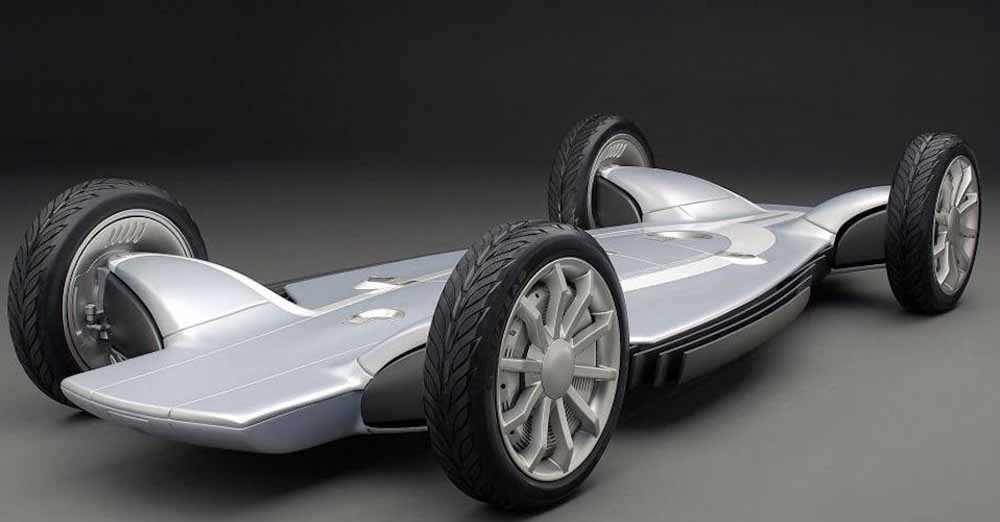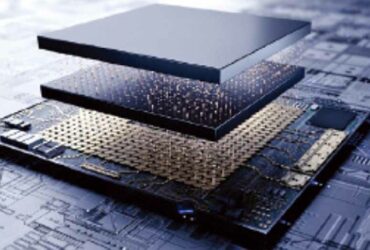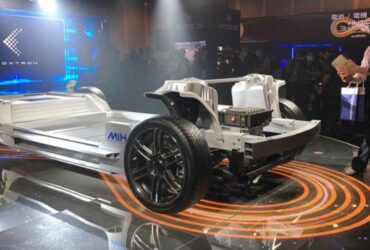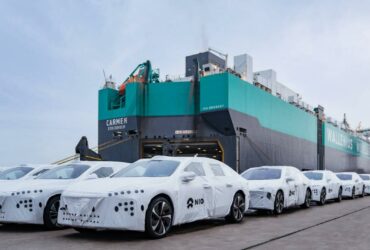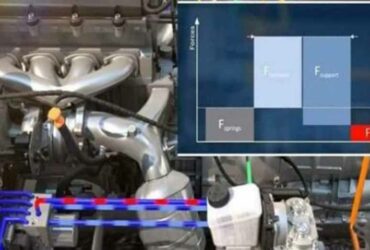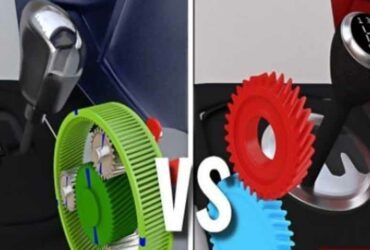The vehicle was designed with a simple skateboard-style chassis, which simplified the production of EVs. The balance of the car is also low. When designing an electric vehicle, we based it on an existing gasoline engine model. The engine was removed and the electrical components were placed. When Tesla started designing a car model, they designed it with a gasoline car chassis. Tesla’s Roadster is based on the Lotus Elise chassis.
A chassis designed for a gasoline engine has limitations when designed as an electric vehicle with motors installed. There are inconsistencies. So we realized that it would be convenient to start the design of the electric car from scratch. Members of Tesla’s Model S design team, along with Franz von Holzhausen and Jerome Guillen, envisioned the car’s design on a blank sheet of paper. In the end, they got a chassis design that resembled the elephant-like skateboards that teenagers ride on the streets.
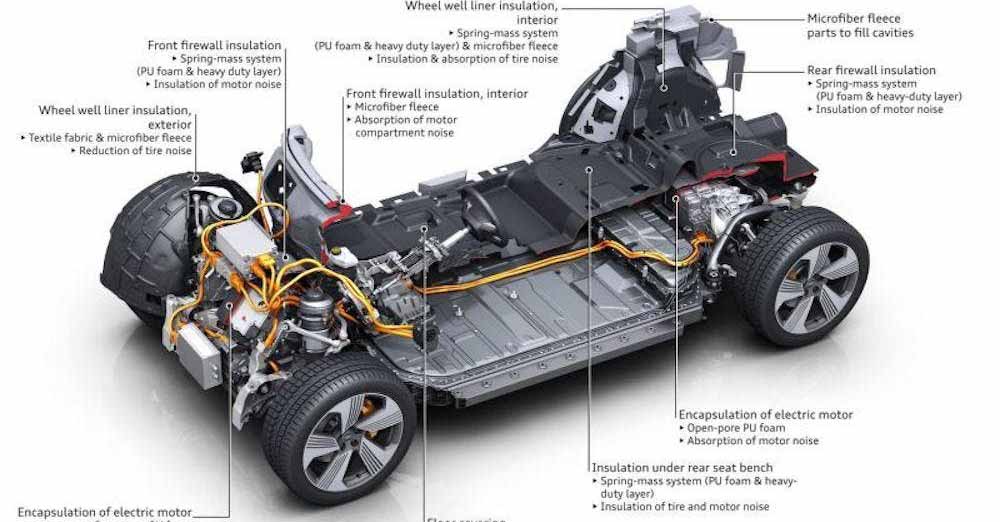
Franz von Holzhausen told Bloomberg Media in 2013 that “the architectural design of the Model S is like a skateboard and an elephant.” “Battery packs are laid out on the floor. The motor is placed between the two rear wheels. On top of that is the chassis for the people,”
he explained. Car companies such as GM, Audi, and Rivian also designed EVs with a skateboard design. Rivian’s EV truck and SUV use a skateboard design. As a platform for the assembly and production of vehicle parts, the design of the skateboard requires a skateboard platform, so the cost is high.
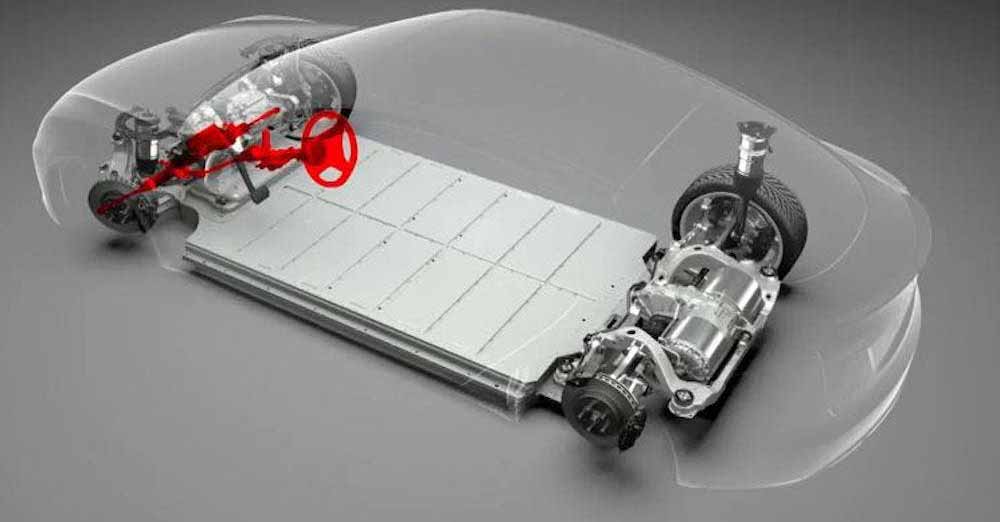
They wanted to use the same platform for the existing gasoline car assembly line for EVs, so they tried unsuccessfully to design an EV with a motor sitting in the chassis of a gasoline car. Because the heavy battery is placed on the floor, the center of gravity of the car has the advantage of being located at the lower part of the vehicle.
The vehicle stopped rolling. Every time I shot it, it made me rest like a prison. Before Tesla used the skateboard-based design, it was used in GM’s 2002 concept car, the Autonomy.
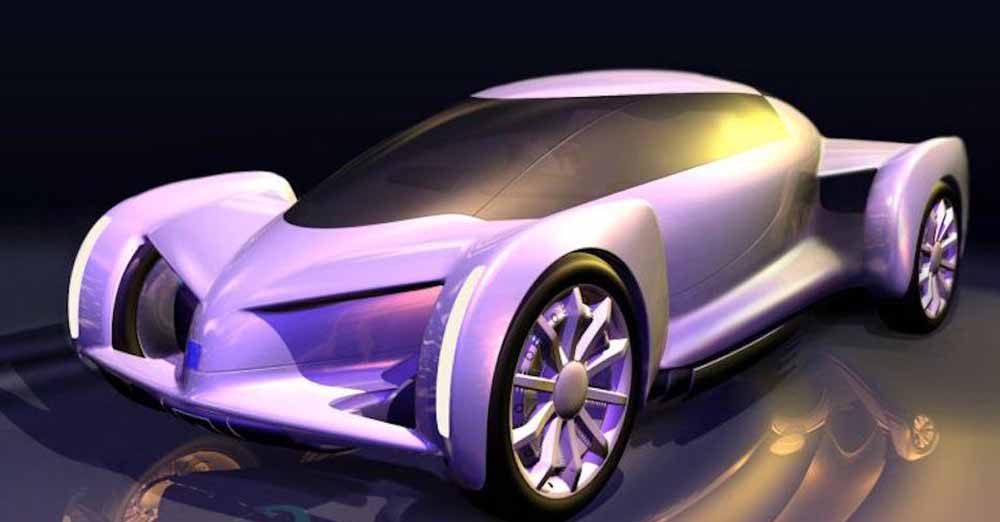
A prototype of a hydrogen-powered self-driving car was produced. Autonomy ended up being a concept car. Later, GM designed a new concept car called the Hy-Wire with a skateboard. The body of the sleeve above has been designed so that it can be used in a variety of ways.
You can take off the sheathed body by removing some of them for convenience. Just put another type of body back on, put on the clothes, and send it to you. Hy-Wire also did not reach the production stage. It ended at the stage of creating a new idea.

